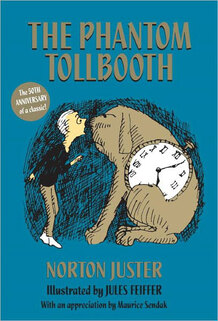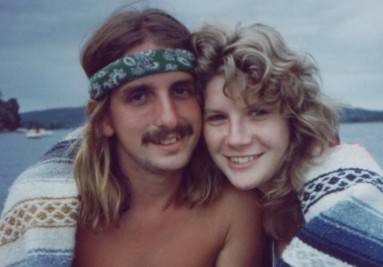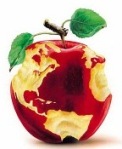The Seven Wonders of the Ancient World are ancient marvels of human ingenuity that were chosen by a handful of individual Greek and Roman writers over a period of several centuries. Several lists were drawn up, all of which included constructed sites in the general vicinity of the Mediterranean Sea (whose name, after all, means, "In the Middle of the Earth").
In 2011, a project endeavored to identify a new Seven Wonders list, this time of natural features and this time chosen more democratically. Steve Curwood of Living on Earth recently interviewed the Eamonn Fitzgerald, who helped lead the effort. The 28 finalists are shown on the map below and described on the finalists page.
The list of Seven Wonders was announced on November 11 and is awaiting final certification. Geography students of all ages can, however, use the original list of finalists to organize their own votes and other educational activities.
For example, using latitude and longitude or a globe, students can identify the finalist locations closest and farthest from home, closest to each other, remotest from each other, farthest north or south, and so on. Finalists can be categorized as biological or geological wonders, or in a variety of other ways. What are the local languages (official and perhaps indigenous) spoken in the vicinity of each? Which are most threatened by human activities and why?









